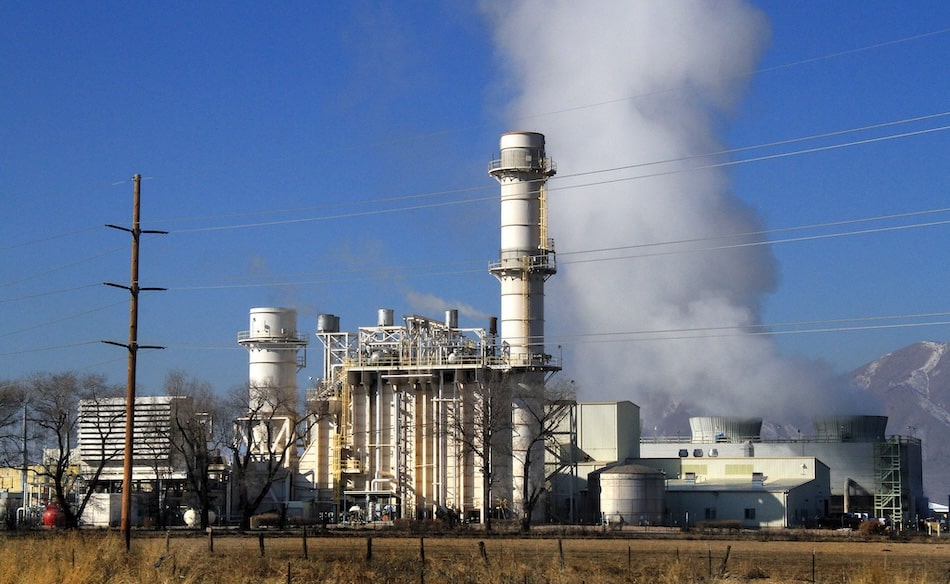
Key Takeaways
- Bitcoin mining's clean energy use has reached 52.4%, up from 37.6% in 2022.
- The shift surpasses Elon Musk's 50% threshold to resume Tesla bitcoin payments.
- Natural gas now powers 38.2% of mining, while coal use has dropped to 8.9%.
A new study from Cambridge University reports that 52.4% of energy used in Bitcoin mining now comes from sustainable sources, surpassing the 50% threshold Elon Musk once set as a condition for Tesla to reaccept bitcoin payments.
Details of the research findings
Published by the Cambridge Centre for Alternative Finance (CCAF), the research indicates a significant rise from 37.6% in 2022.
Of the sustainable energy mix, 42.6% comes from renewables such as hydro and wind, while 9.8% comes from nuclear power.
The survey included data from 49 mining firms, representing 48% of global mining by hashrate.
Energy source shifts in Bitcoin mining
The report highlights a major energy shift, with natural gas becoming the top energy source at 38.2%, replacing coal, which dropped sharply to 8.9% from 36.6% in 2022.
Despite the shift, mining still consumes around 138 terawatt-hours annually—roughly 0.5% of global electricity usage—and generates 39.8 megatonnes of CO₂ equivalent.
Tesla’s stance on Bitcoin payments
Tesla, which suspended bitcoin payments in 2021 citing environmental concerns, has not indicated plans to reinstate them.
In a prior statement, Musk said Tesla would resume Bitcoin transactions when “there’s confirmation of reasonable (~50%) clean energy usage by miners.”
Call for improved data & policy
Meanwhile, CCAF emphasized the need for improved data to shape future policy, stating the report…
… directly addresses a persistent data gap.
The report is based on data from nearly half the industry.




